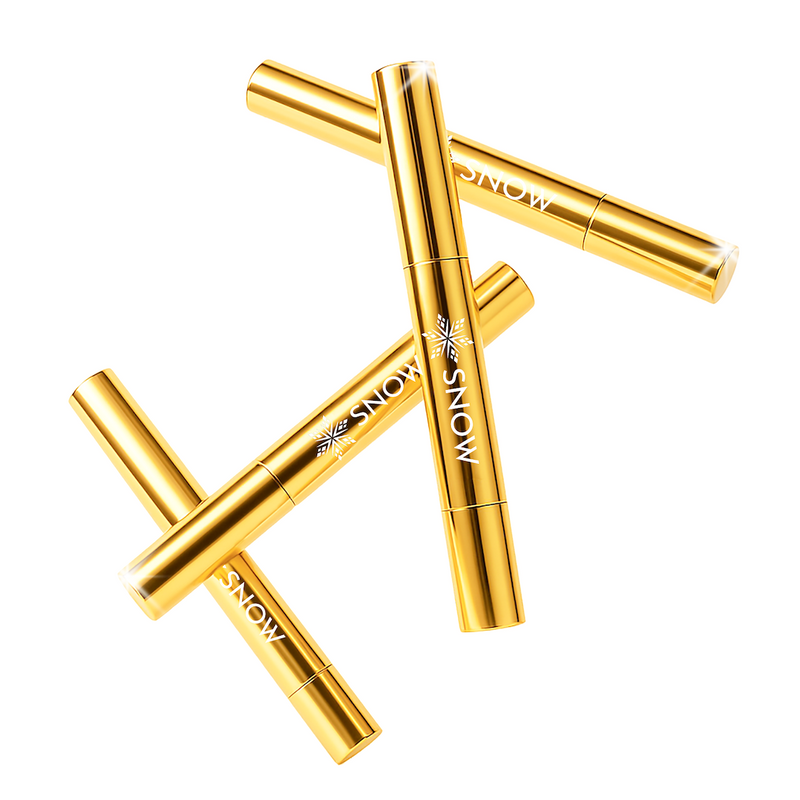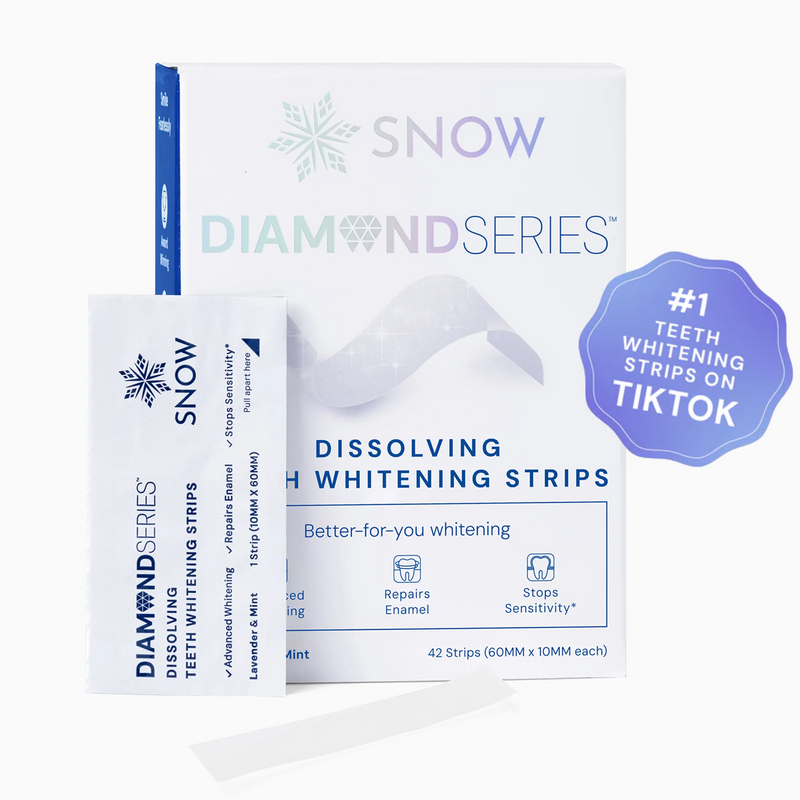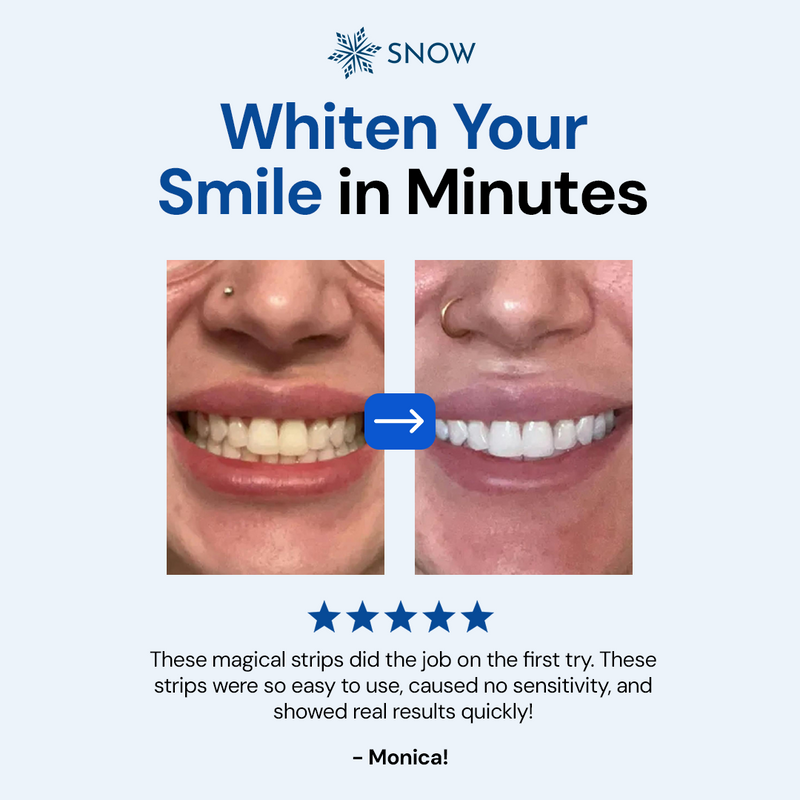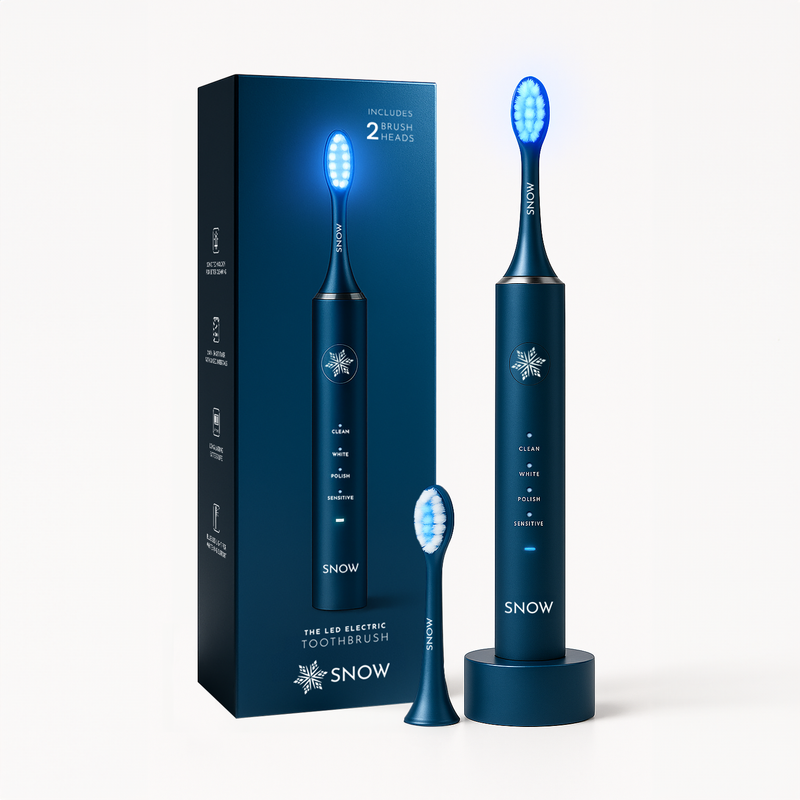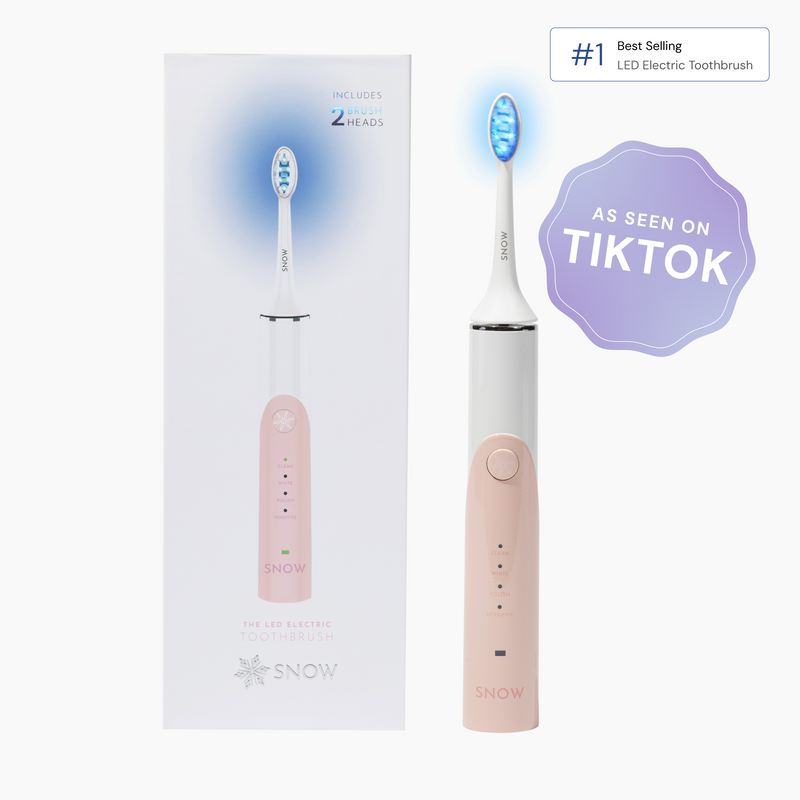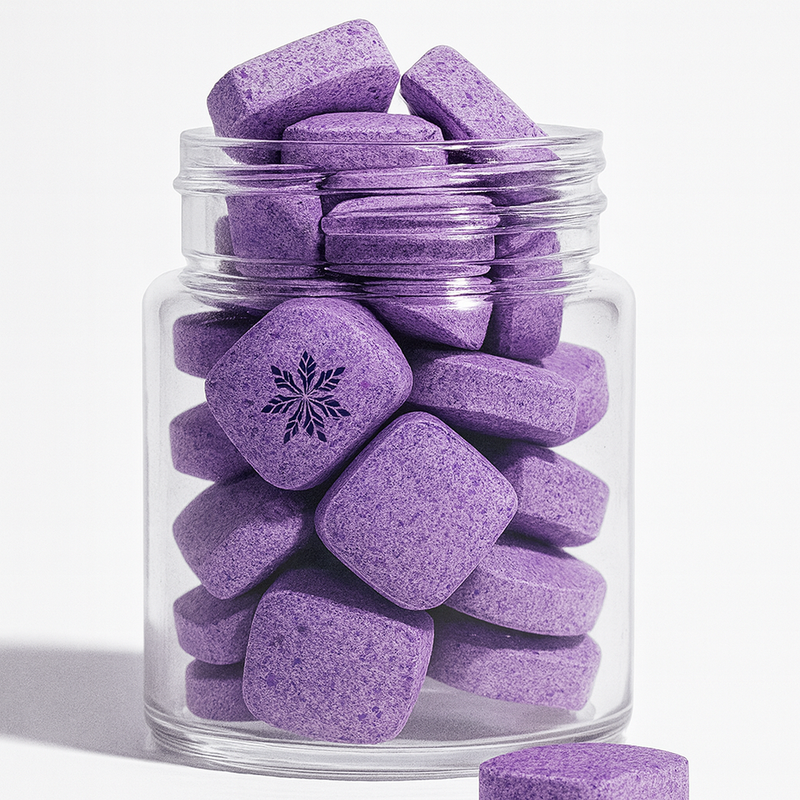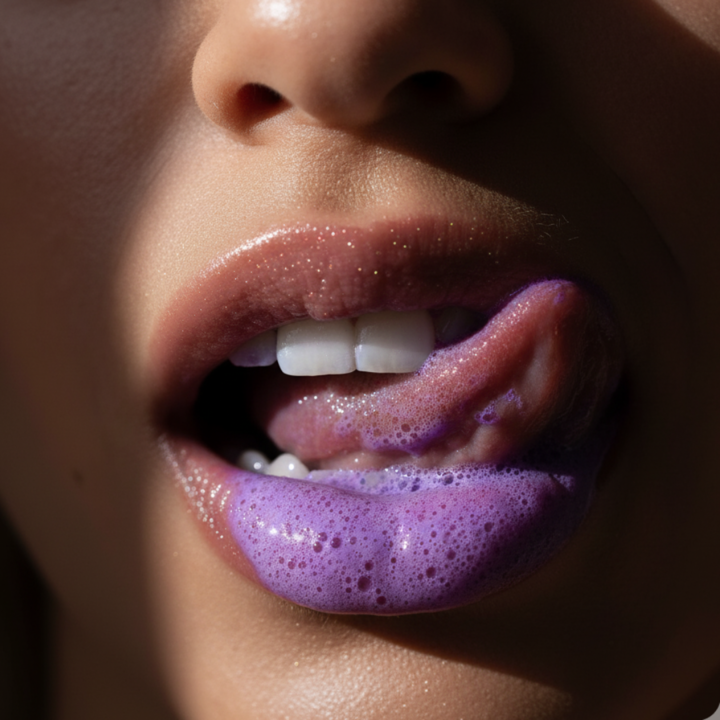How long does floss last? It's a common question with a simple answer: floss can last a while, but some factors can affect its longevity.
In this article, we'll dive into whether floss expires, how to make flossing a habit, and the key benefits of incorporating floss into your daily routine. We'll also provide a step-by-step guide on how to use string floss properly.
Let's explore what you need to know about how long floss lasts and why it's so important for your oral health.
What this article covers:Does Floss Expire?
Our findings show that the answer is both yes and no. While the floss itself doesn't "expire" like perishable goods, the materials coating the floss, like wax or flavoring agents, can degrade over time. This degradation can lead to fraying, reduced strength, and less effective cleaning.
In particular, wax-coated floss may lose its smoothness, making it more prone to break or drag against your gums uncomfortably.
While expired floss won't harm you, it might not be as effective in removing debris or plaque, which is why we recommend replacing it periodically to ensure the best results.
To make certain that your flossing is always effective, SNOW offers Activated Charcoal Whitening Floss. This floss combines activated charcoal with expanding bamboo fibers to lift stains and remove plaque.
How to Make Flossing a Habit
Forming the habit of flossing daily is key to maintaining long-term oral health. To make this task part of your routine, it's helpful to create consistent cues and rewards for yourself. For example, setting a reminder on your phone to prompt flossing at the same time each day.

Based on our observations, another strategy that works is to place your floss visibly next to your toothbrush. This constant reminder will help reinforce the habit. You can even pair flossing with another activity, like brushing or listening to your favorite song, to make the experience more enjoyable and automatic.
For those seeking a quick and effective way to floss, SNOW Charcoal Whitening Floss Picks are a convenient, portable solution. Their sturdy design helps reach tight spaces, while the detoxifying power of charcoal keeps your teeth clean on the go.
Don't worry if you miss a day or two—building the habit takes time. Start by aiming to floss at least three times a week, gradually working up to daily flossing.
Benefits of Flossing
Flossing offers numerous benefits, and its importance cannot be overstated. When it comes to the questions, how do I know if I'm flossing correctly, you should notice a difference in the amount of buildup on your teeth.
Here is why.
Removes Plaque
Plaque is a sticky film of bacteria that forms on teeth after eating and drinking. Our research indicates that plaque can harden into tartar, which can only be removed by a dentist. Flossing helps break up and remove this plaque in hard-to-reach areas between the teeth, preventing its accumulation.
By disrupting plaque buildup, flossing protects the teeth from decay and keeps the gums healthy.
Fights Gum Disease
Gum disease, or periodontal disease, is caused by the buildup of plaque and tartar along the gumline. Left untreated, it can lead to gum inflammation, bleeding, and even tooth loss.
Flossing regularly can reduce the risk of developing gum disease by removing the bacteria and food particles that contribute to plaque formation in the gum pockets.
For a deeper clean that reaches below the gumline, try the SNOW Water Flosser. With customizable pressure settings, it gently removes debris and plaque, helping fight gum disease while being gentle on your gums.
Lowers Your Risk of Cavities
Cavities form when plaque on your teeth produces acids that eat away at the enamel, eventually creating holes or decayed areas. By flossing, you are removing the gunk between your teeth before it can produce harmful acids that cause cavities.
Addresses Bad Breath
One often-overlooked benefit of flossing is its ability to prevent bad breath. Food particles and bacteria trapped between the teeth can produce unpleasant odors as they break down, contributing to halitosis.
Complement your flossing routine with SNOW Arctic Frost teeth whitening mouthwash. It brightens your teeth and refreshes your breath while being gentle on your gums with its soothing aloe and peppermint formula.
Proper Flossing Technique
Flossing is an important step in maintaining optimal oral hygiene, but it's important to use the correct technique, as this is how to make flossing easier.
Here's a simple, step-by-step guide to proper flossing:
1. Break off about 18-24 inches of dental floss. Wind most of it around the middle finger of one hand and a small portion around the middle finger of your other hand.
2. Hold the floss between your thumbs and forefingers. Gently guide the floss between your teeth using a rubbing motion, avoiding snapping it into your gums.
3. Curve the floss into a C-shape around one tooth. Slide the floss gently into the space between the tooth and the gum.
4. Using a gentle up-and-down motion, clean under the gumline.
5. Unroll a fresh section of floss as you move to the next tooth.
6. Don't forget to floss the back side of your last molars.
For even more protection against cavities and to strengthen your enamel, use SNOW Nano-Hydroxyapatite teeth whitening toothpaste. This fluoride-free toothpaste helps reinforce your enamel while removing stains, making it a perfect complement to your flossing routine.
Conclusion
How long floss lasts depends on how it's stored and the type of floss you're using. While floss may not technically expire, degraded coatings can make it less effective, leading to discomfort or inadequate cleaning.
In this article, we've discussed the potential expiration of floss, strategies for making flossing a daily habit, and the many benefits of regular flossing like removing plaque, fighting gum disease, lowering your risk of cavities, and addressing bad breath.
We also outlined proper flossing techniques to help you get the most out of each session.
Take control of your dental health today by exploring SNOW's range of flossing products, designed for a superior clean. Don't wait—start flossing better with SNOW!
If you want to learn more, why not check out these articles below:
- How Long to Wait to Floss After Eating
- How to Brush and Floss Your Teeth
- Do Water Flossers Work?
- Does a Water Flosser Replace Flossing?
- Does Water Flosser Remove Plaque?
- Does Water Flossing Hurt?
- Does Water Flosser Make Teeth White?
- How to Use a Water Flosser
- How to Clean Water Flosser
- How Often Should You Water Floss
- Can a Water Flosser Remove Tartar?
- Can You Put Mouthwash in a Water Flosser?
- How to Floss Back Teeth
- How to Floss a Bridge
- How to Floss for Kids

















































